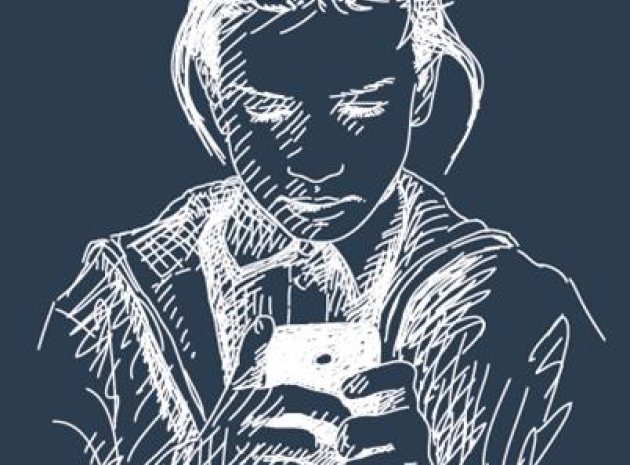There have been many articles recently that highlight the prevalence of sexting. Indeed, The Times recently suggested that there was an epidemic amongst our children and young people; the fact is that we really don’t know how prevalent it is yet, but what we do know is that the impact of sexting on a young person can be severe. Sexting can not only lead to children experiencing emotional and psychological problems, but can also lead to them having to leave a school as they are not able to cope with the impact.
What we also know, anecdotally, is that many young people – and adults – engage in sexting, and there are little or no consequences; it doesn’t get shared, it isn’t used to bully or intimidate and is most commonly shared within the context of a loving relationship.
Drawing lines
So where does that leave us? Does that mean it’s acceptable, providing it doesn’t get out of control? Well, no – not in the eyes of the law. The sharing and distribution of images and videos of children under the age of 18 is still a criminal offence, even if it is done with consent.
Schools have been working closely with the police to try and address the sexting trend, but one of the key issues they face is the potential criminalisation of children as there have been scenarios where pupils have been criminalised as a result of sharing images of themselves.
Outcome 21 is a new code currently available for recording the outcome of a crime investigation for police. All crimes are given an ‘outcome code’ and Outcome 21 is a discretionary code which will allow police to record that it was not in the public interest to pursue a criminal justice response to the incident.
This means that in certain circumstances sexting incidents will be subjected to this new disposal code, and would be highly unlikely to show up on a DBS check.
New guidance has been developed for schools and the police to help to risk assess children and young people and to help schools deal with incidents of sexting, to support them in making referrals to police and social services and to help them understand their rights and the rights of children and young people when deleting images; you can download it at: ow.ly/D7yC303lZhv
Learning curves
It’s an incredibly complex picture, however, and there are many facets to preventing and managing sexting incidents. Schools must ensure they have a clear strategy in place, which extends to educating children and young people about the risks and implications, supporting children and young people when issues do arise, maintaining a culture of non-victimisation and non-criminalisation of children and ensuring parents are fully aware of the issue.
Helping to mitigate this worrying trend is also, to an extent, the responsibility of the platforms who facilitate the sharing of images, and they must do their part too.
Ultimately, we are still learning how to deal with this relatively new phenomenon and the law is playing catch up; in the meantime, we’re working hard to highlight the implications of sexting to schools and helping them to understand how they can best support the children and young people involved.
About the author
Charlotte Aynsley is an education consultant in online safety for RM Education. She has worked in the online safety field for over 15 years, 10 of which were spent in government, and as a member of the CEOP Education advisory board and an NSPCC associate, has previously written key guidance to help schools deal with incidents of sexting.










